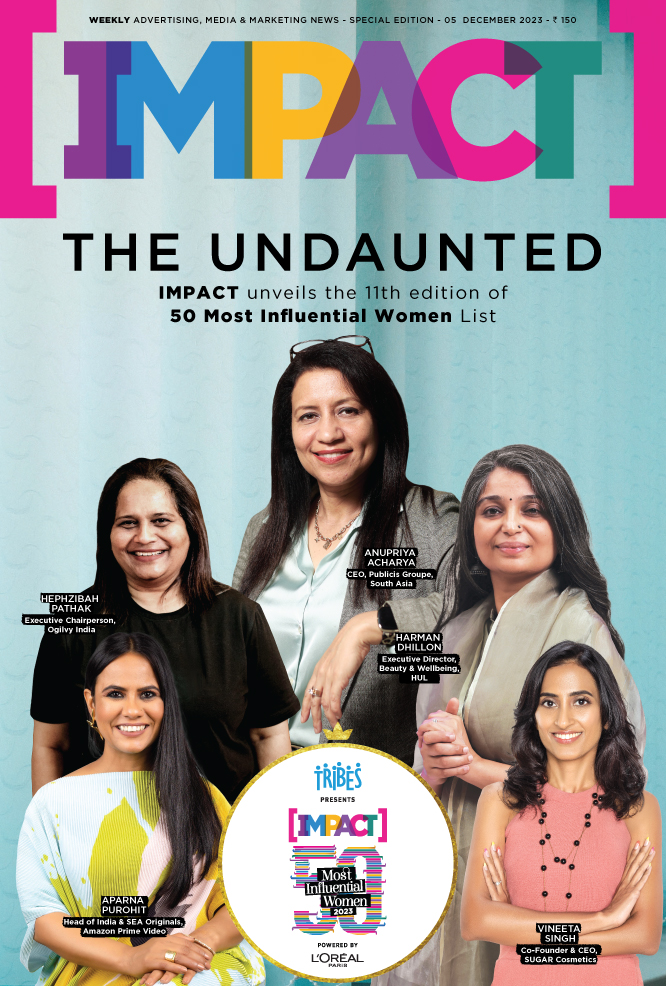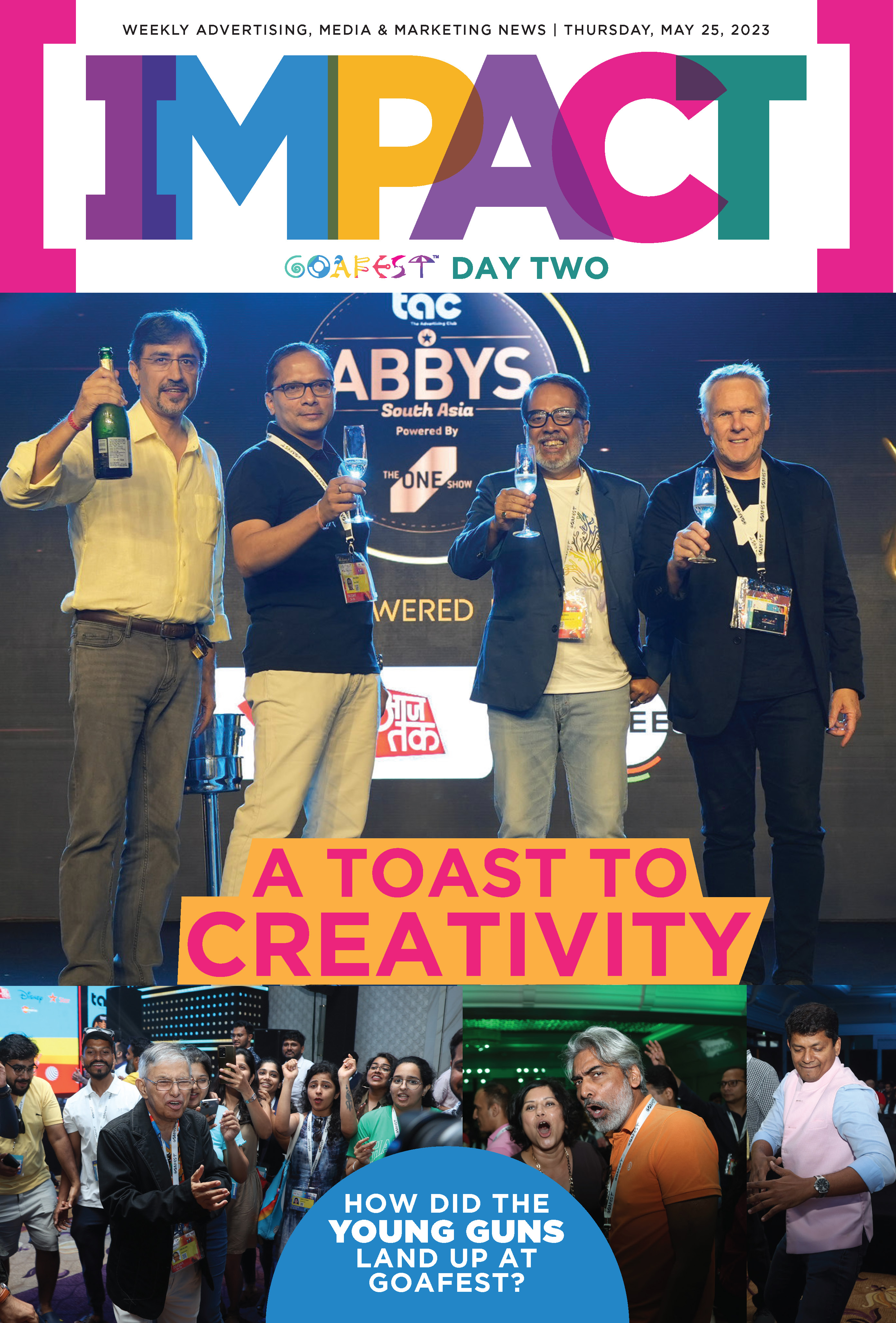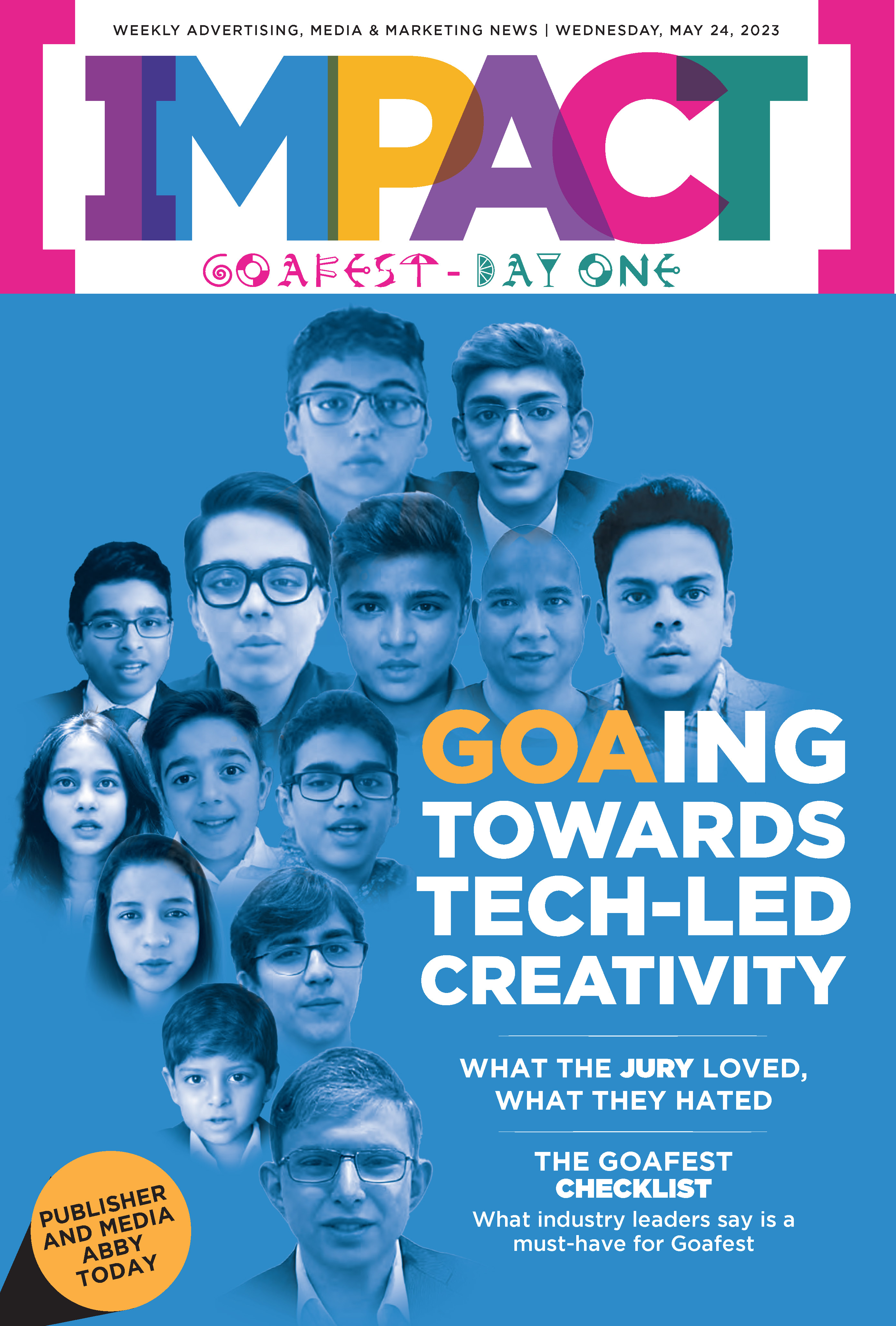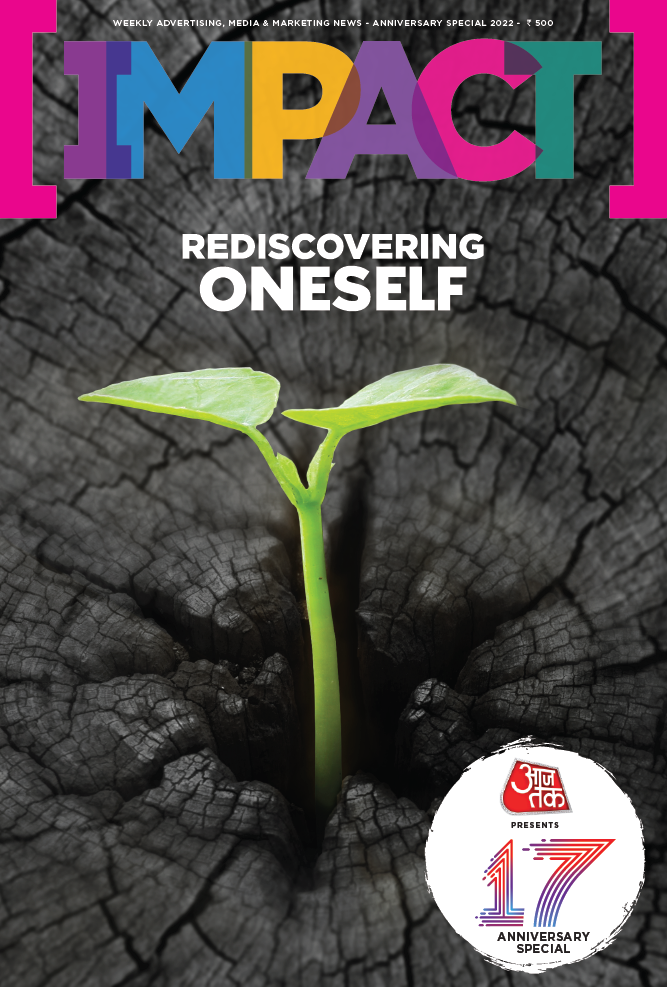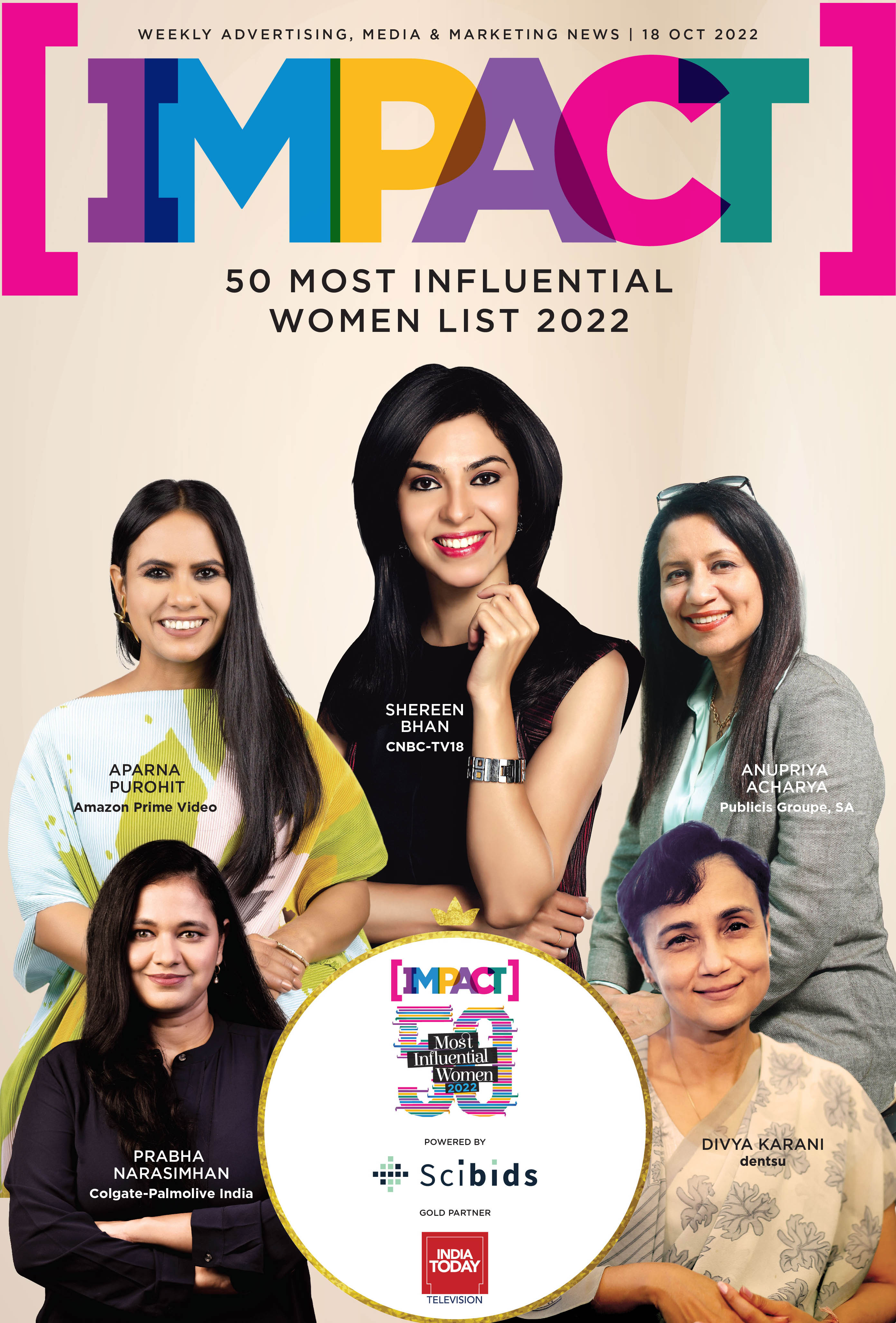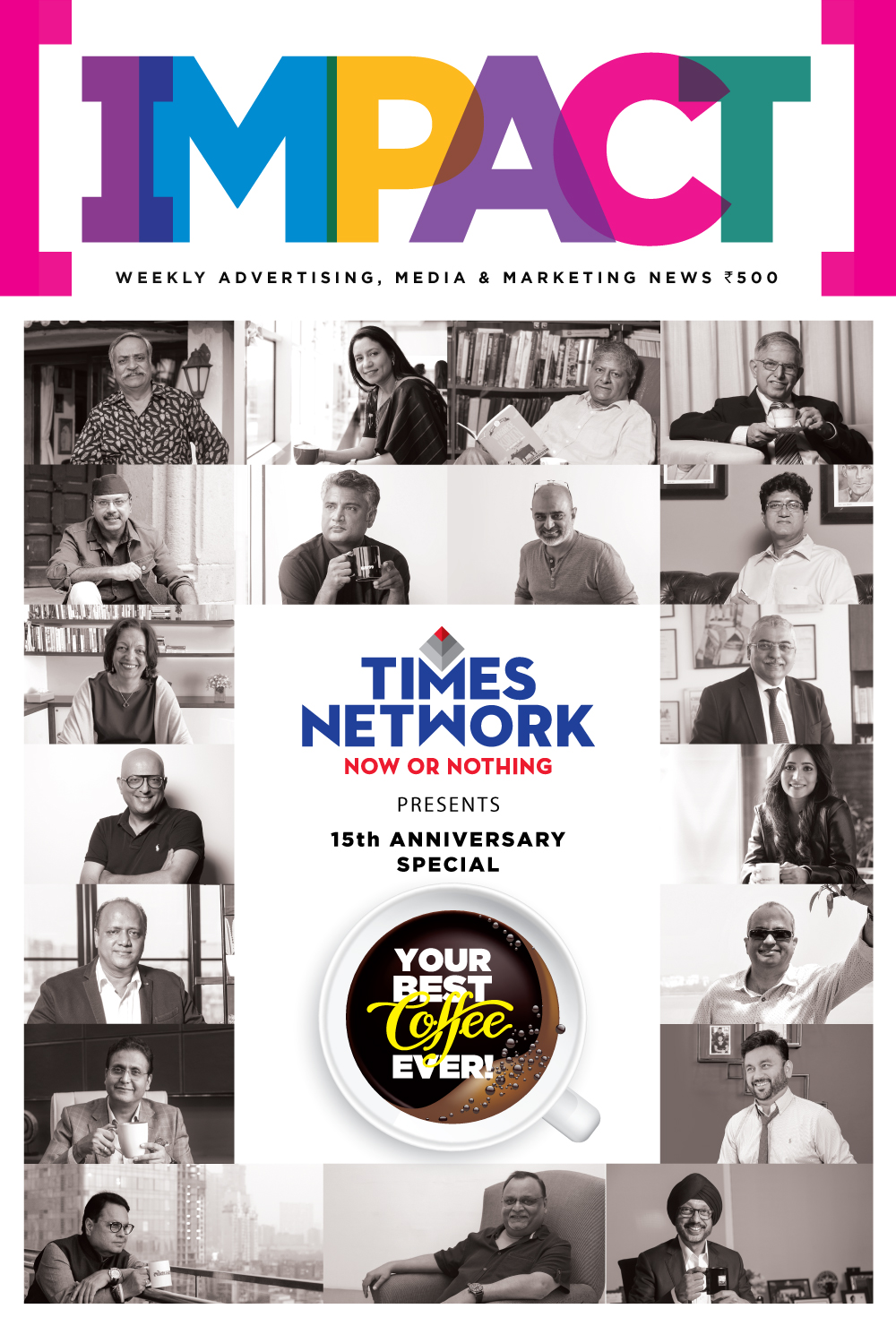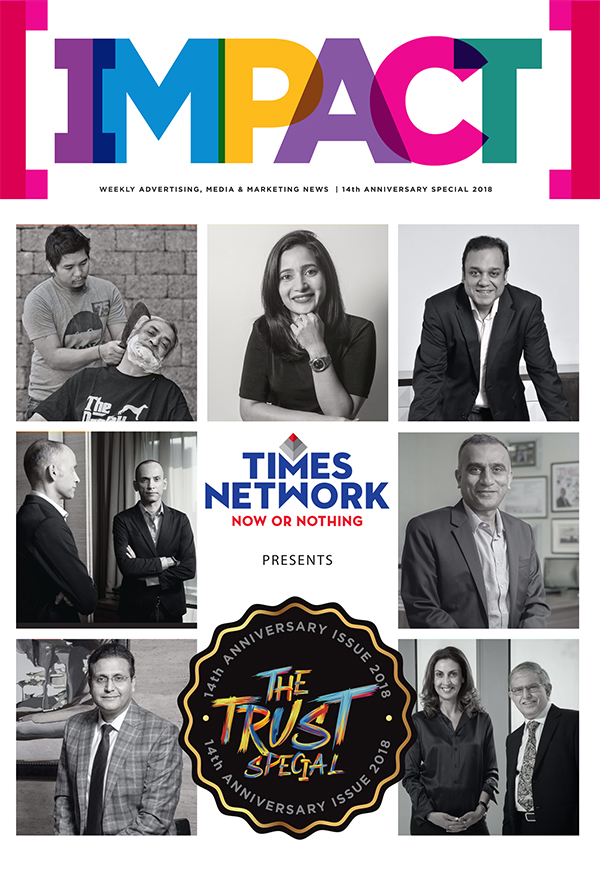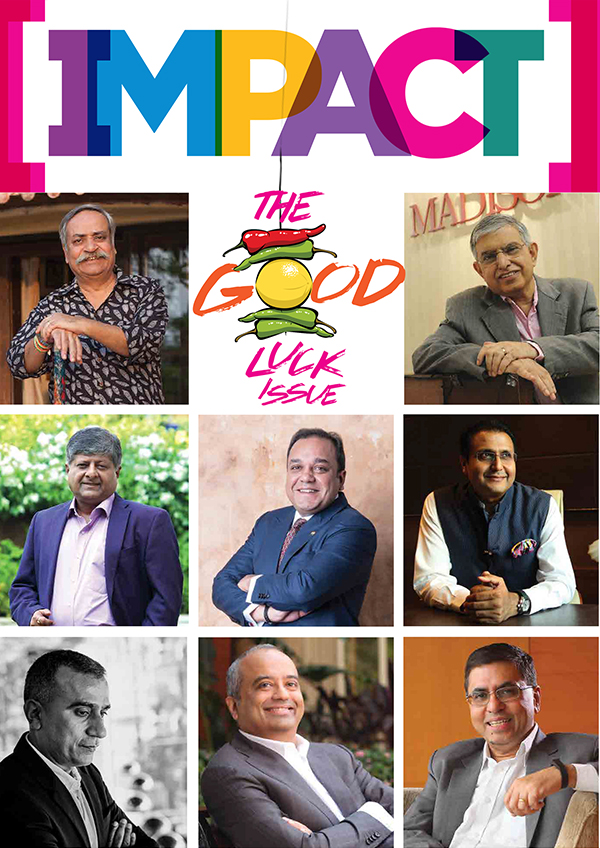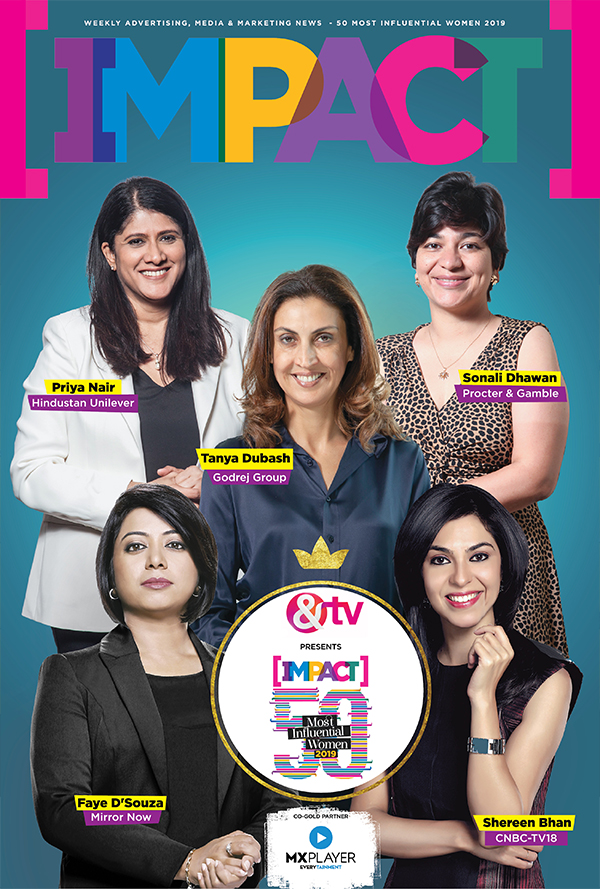Q] Ananya Pandey is the face of the K-Bomb. How does her personality align with the product’s offerings?
When evaluating celebrity options, Ananya stood out for several reasons. First, her vibe and strong connection with Gen Z made her a natural fit for our brand, which aims to position itself in that space. Her journey so far reflects boldness with authenticity, qualities that align closely with our brand values. Additionally, the versatility she’s shown in her roles mirrors the diverse range within our K-Bomb Ramen line from hot and spicy to tangy and kimchi flavors. Her energy, boldness, and entertainment factor also complement Too Yumm!’s identity as a vibrant snacking brand. Overall, she was the perfect match.
Q] Is this variant a response to the evolving youth preferences and what trends influence the flavour and format choices?
Too Yumm! has always aimed to stay ahead of the curve, whether in identifying consumer preferences or introducing novel flavours. We’ve never limited ourselves to traditional Indian tastes, offering everything from Dahi Papdi Chaat to globally inspired options under the K-Bomb range. With the rising popularity of ready-to-cook products, especially in metro and tier 1-2 cities where 53–71% of consumers consume them 1–3 times a week, we saw a clear opportunity. Within this space, premiumization and experimentation are strong trends, consumers are moving beyond regular ramen and seeking bold, global flavours. Imports of Korean noodles tripled in a year, signaling growing interest. While many brands entered with only Korean offerings, we chose to expand beyond. Our ramen range includes Korean Hot & Spicy, Thai Tom Yum, Sichuan Pepper, and Indonesian Mie capturing a broader Asian palate. We continue to track emerging flavour trends like Japanese and Mexican to keep innovating across formats.
Q] What were your key objectives with the launch of K-bomb and what kind of response are you seeing following the range expansion?
We’re driving three key initiatives simultaneously. First, we’re expanding our flavour range with new additions like kimchi and chicken to cater to the growing demand for non-veg Korean options. Second, we’re entering the cup noodles category to offer convenient, on-the-go formats beyond just ready-to-cook options. This broadens our appeal across different consumption occasions. Third, we’re bringing in Ananya Panday as our brand ambassador. While the range expansion aims to offer more variety, and the cup format adds convenience, the campaign with Ananya is focused on significantly boosting brand awareness and accelerating trials. Having tested the waters over the past 8–9 months with encouraging results across quick commerce and modern trade, this is our next big push.
Q] Too Yumm! has stood out in a clattered snacks category . What is the broader marketing approach in 2025?
Our marketing strategy focuses on three key objectives. First, from a brand equity standpoint, we want to reinforce that while Too Yumm! is known for being a healthier snacking brand, we don’t compromise on taste. In fact, we aim to be among the best in flavour, and this is reflected in everything from our product innovations to the buzz and consumer response we've generated. The launch of K-Bomb supports this, as it's a taste-driven category, not health-led.
Second, we want to deepen our connection with Gen Z, our core snacking audience. We've already built relevance through launches like Bhoot Chips and K-Bomb, but now we aim to engage them at a more meaningful level. Gen Z isn’t consuming ads in the traditional sense, they aren’t watching TV spots.
So third, our marketing approach is shifting to content-first. Instead of starting with a conventional TV ad, we launched this campaign with a podcast where the focus is as much on the celebrity’s personality and story as it is on the brand. It’s content Gen Z wants to watch, with the brand seamlessly woven in. This is the direction we’re committed to: building awareness and equity through organic, engaging content.
Q] How difficult it is to blend digital first strategies like creator collabs, reels, meme marketing, with traditional media for mass campaigns?
In my experience over the past 20–25 years, starting with a traditional media idea and adapting it to digital often feels forced. Instead, we follow a digital-first approach, crafting ideas rooted in what resonates with consumers online. Once the core message is clear in a meme, reel, or static post, scaling it to traditional media becomes easier because the strategy is sharper from the start.
For us, even 'traditional' media is targeted. In this campaign, for example, we’ve skipped TV altogether and focused on out-of-home ads, placed strategically in cities where our distribution is strong, specifically around high-density consumer areas. This ensures spend efficiency while keeping the message relevant. While moving to mass TV may be more challenging later, we’re laying the foundation through focused, consumer-led communication.
Q] Demographically speaking, which are your growth drivers in India?
Currently, Too Yumm!’s strongest markets are the top five metros, which contribute the most to our scale. Beyond metros, our key regions are in the South—Karnataka and Tamil Nadu in particular. We also have strong footholds in the East, especially Odisha, West Bengal, and the Northeast. In the North, Delhi stands out as a major market, though the rest of the region isn’t as strong yet. So overall, our core strength lies in the major metros and select southern and eastern states.
Q] Too Yumm!! is positioned as a healthy snacking brand, but communicating the idea of ‘healthy snacking’ beyond metros can be a challenge. Are there any specific efforts or awareness initiatives the company is undertaking to educate and engage consumers in tier 2 and tier 3 markets, and drive growth in those regions?
While Too Yumm! began as a healthy snacking brand, we’ve evolved into a taste-first brand, which has helped expand our reach significantly. Our chips category alone is now available in over 3 lakh outlets, including tier 2, tier 3 towns, and even rural markets through products like Bhoot Chips. The focus is on delivering bold flavours that resonate widely.
That said, the demand for healthier snacks is growing, especially in metros, driven by platforms like Quick Commerce. We're tapping into this trend with offerings like banana chips perceived as healthier but still flavour-packed and premium in appeal. We’re also building a strong pipeline of products targeting emerging segments like protein snacks. So overall, Too Yumm! is actively straddling both taste and health, adapting to consumer needs across diverse markets.
Q] What shifts do you foresee in the Indian snacking landscape over the next two years? How is Too Yumm! preparing for it?
Consumers today are increasingly open to experimentation, seeking novel and bold flavours - both traditional Indian and global. We expect this trend to grow, with more brands offering higher-quality products that truly deliver on taste. Format innovation is also gaining momentum, as seen with our entry into banana chips in premium flavours. As digital and e-commerce channels expand, more brands will explore such unique formats.
Additionally, niche health concepts targeting specific groups, like kids or older consumers are on the rise. At Too Yumm!, we're actively working across all these fronts. Just as we disrupted the chips category with Bhoot Chips, we plan to introduce similarly disruptive innovations across new categories in the near future.

















